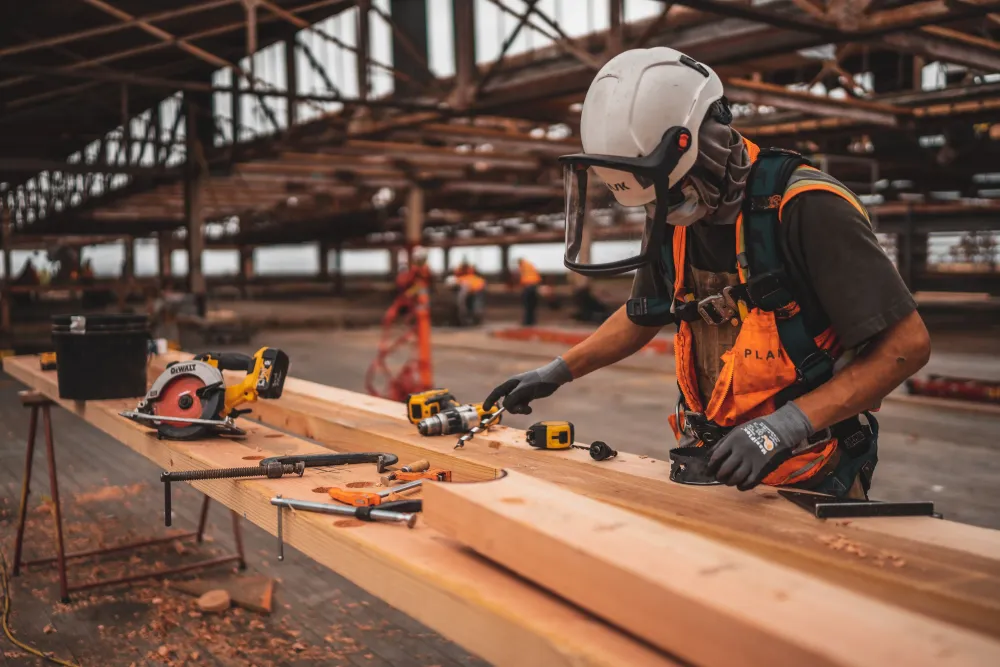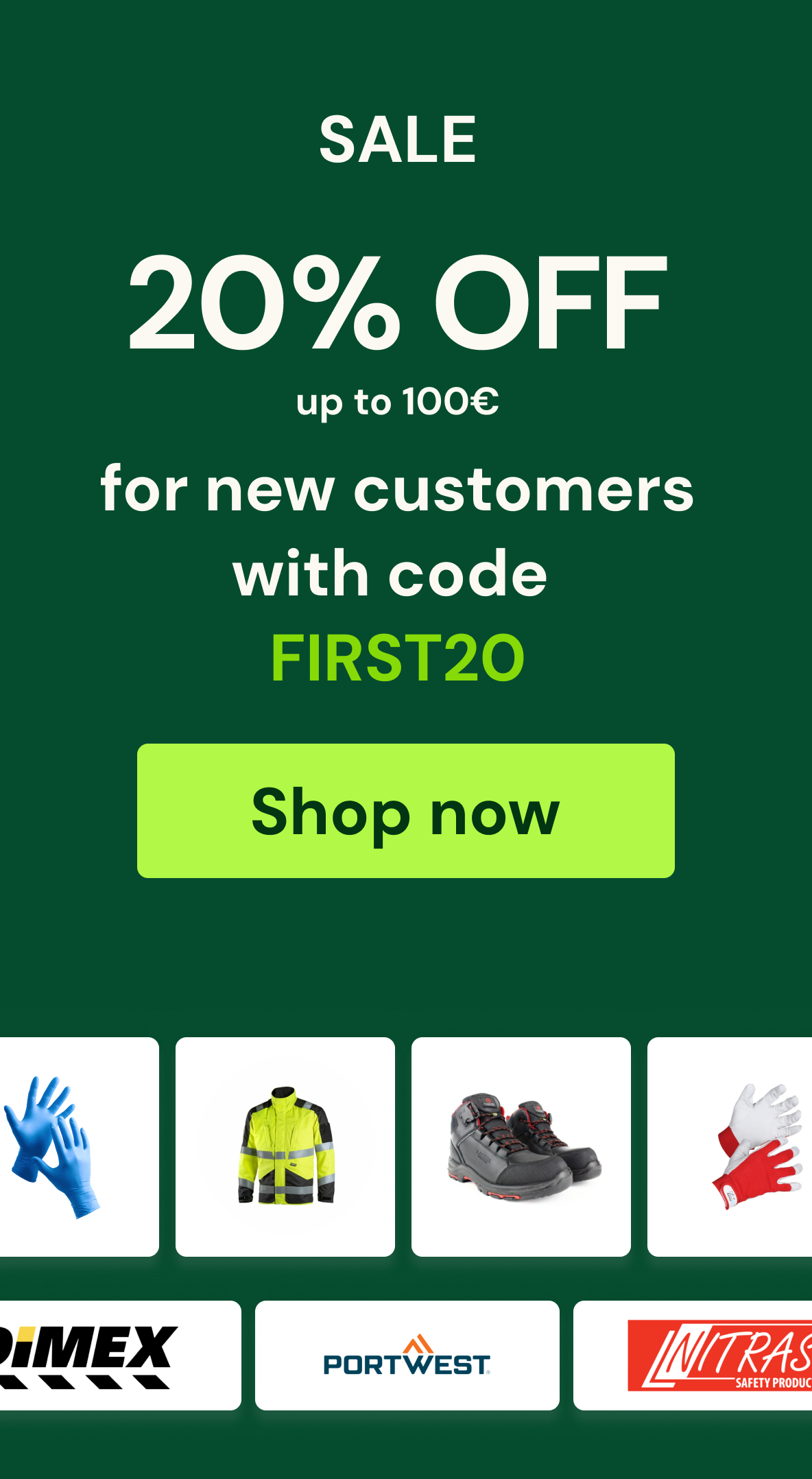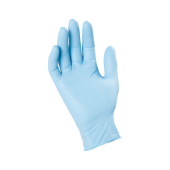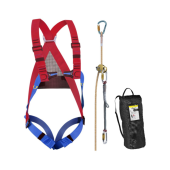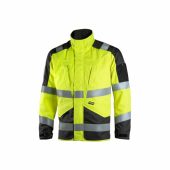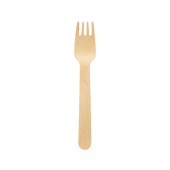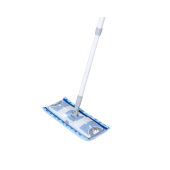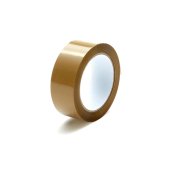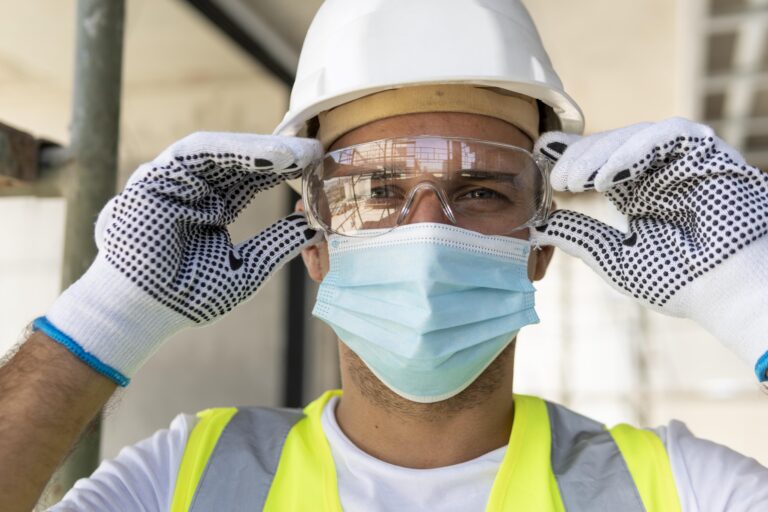In any industrial setting, the safety and well-being of your workers should always be a top priority.
Whether it’s gloves, eye protection, protective clothing, or other items, Personal Protective Equipment (also known as PPE) is a must-have to reduce the risk of injury and ensure each worker returns home safely every day.
That being said, we know that selecting the right protective equipment for your particular settings can be daunting given the sheer number of options available on the market and the many regulations to comply with.
In this article, we will provide an in-depth look at the different types of personal protective equipment, their applications, and best practices for selecting the right protections to keep your workers safe.
Whether you’re new to industrial procurement or an experienced professional buyer, this article will help you make informed decisions when choosing:
1. Safety gloves
2. Face masks & respirators
3. Safety glasses & goggles
5. Helmets & hard hats
6. Safety workwear

Safety gloves
Protective gloves are a must-have item in your personal protective equipment inventory as they provide a barrier between your worker’s skin and hazardous materials, punctures, and/or chemical exposure. The right protective gloves can make all the difference in preventing injury and ensuring workers can do their job safely and effectively, you only have to select the right type for your use case.
The main types of protective gloves available include cut-resistant gloves, chemical-resistant gloves, and heat-resistant gloves, each designed to provide protection against specific hazards.
Here is what protective gloves are made of and where they’re used:
- Cut-resistant gloves: Cut-resistant gloves are designed to protect workers from cuts and punctures. They are ideal for industrial settings where sharp objects are handled like automotive, metal fabrication, and glass manufacturing. Look for cut-resistant gloves with the right level of cut resistance: protection levels are measured based on the force required to cut through the material and they are rated from A to F (with F being the highest level of protection). For instance, Level B is usually recommended for handling small and sharp objects while Level F can resist at least 30 Newtons. If you want to read more on how to choose the right cut-resistant gloves, check out our comprehensive guide: What Are Cut-Resistant Gloves – A Buyer’s Guide.
- Chemical-resistant gloves: Chemical-resistant gloves are designed to protect workers from exposure to hazardous chemicals. They are made from materials such as nitrile, neoprene, or PVC and are ideal for industrial settings where exposure to chemicals is a risk such as chemical production, laboratory work, and hazardous material handling. Look for protective gloves with high resistance ratings for the chemicals your workers will be handling.
- Heat-resistant gloves: Heat-resistant gloves are designed to protect workers from high temperatures. They are made from materials such as aluminized fabric or silicone and are ideal for industrial settings where exposure to heat is a risk like welding, foundry work, and hot glass production. When choosing heat-resistant gloves, look for gloves with high-temperature ratings. In Europe, heat-resistant gloves are typically rated using the EN 407 standard which assigns a temperature range to each of the seven levels of protection, ranging from level 0 to level 7. For example, Level 1 can protect up to 150°C while Level 7 can protect up to 700°C. Please, keep in mind that these are the maximum temperatures that the heat-resistant gloves are rated for. The actual performance of the gloves can vary based on other factors, such as the specific use case, environment, and handling techniques.
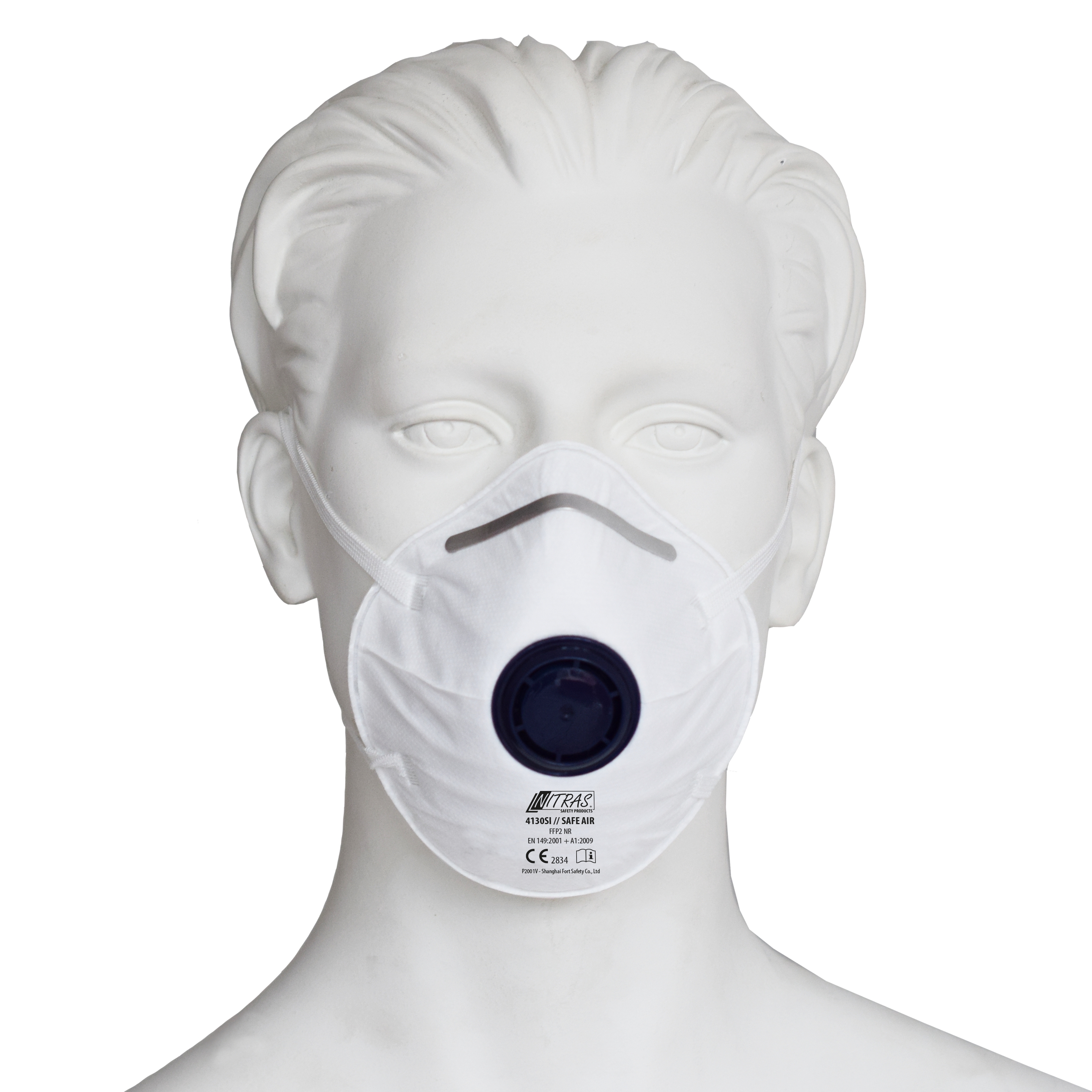



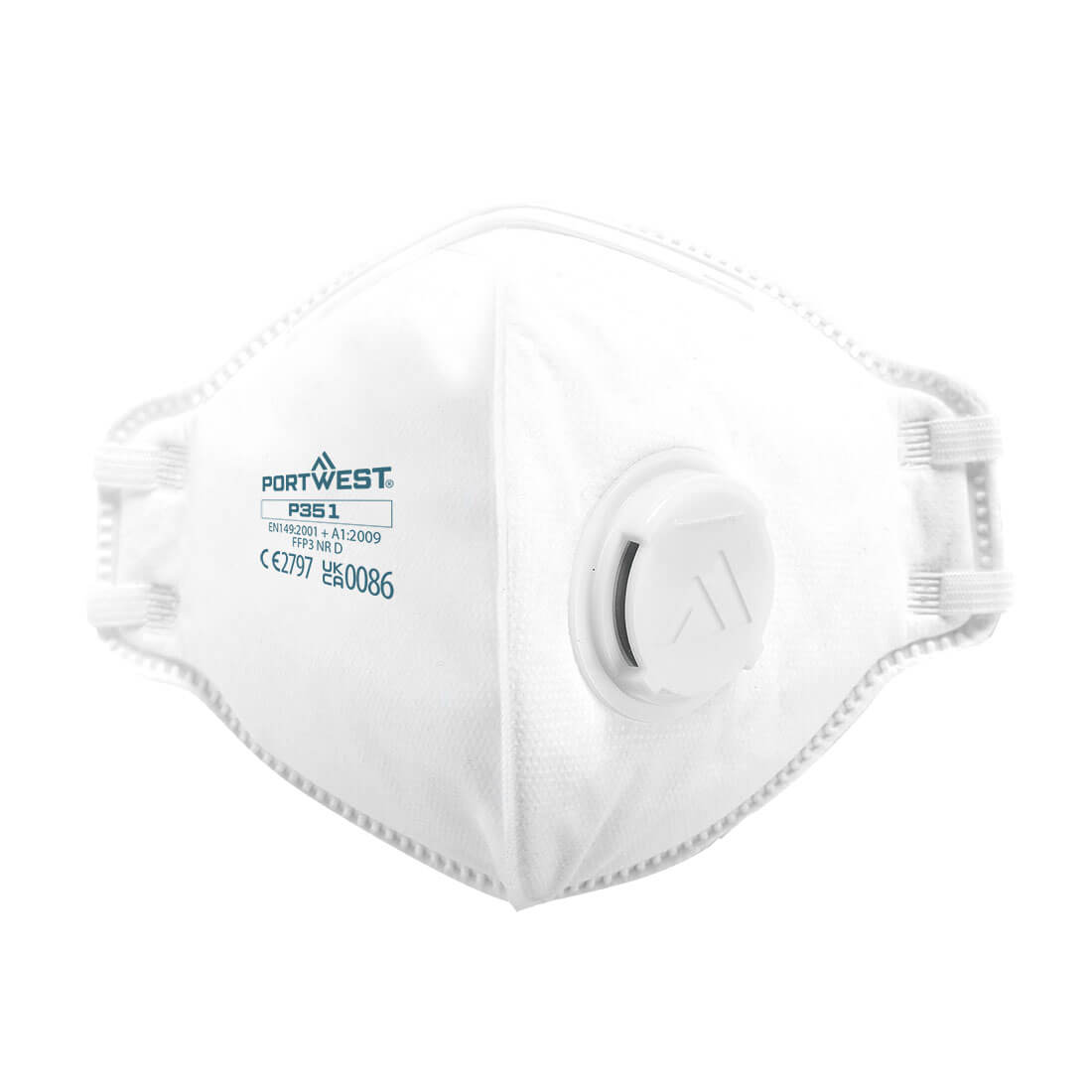
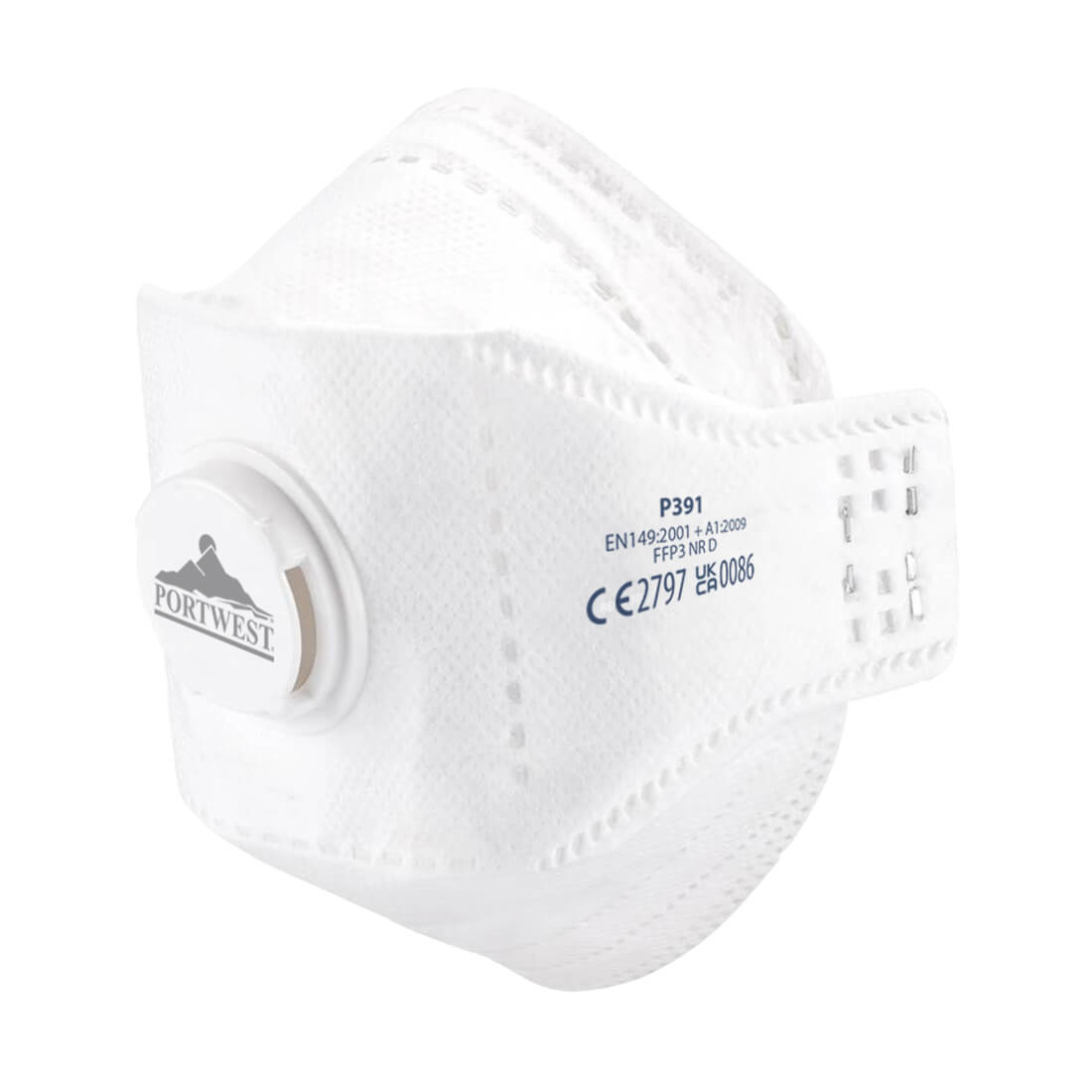
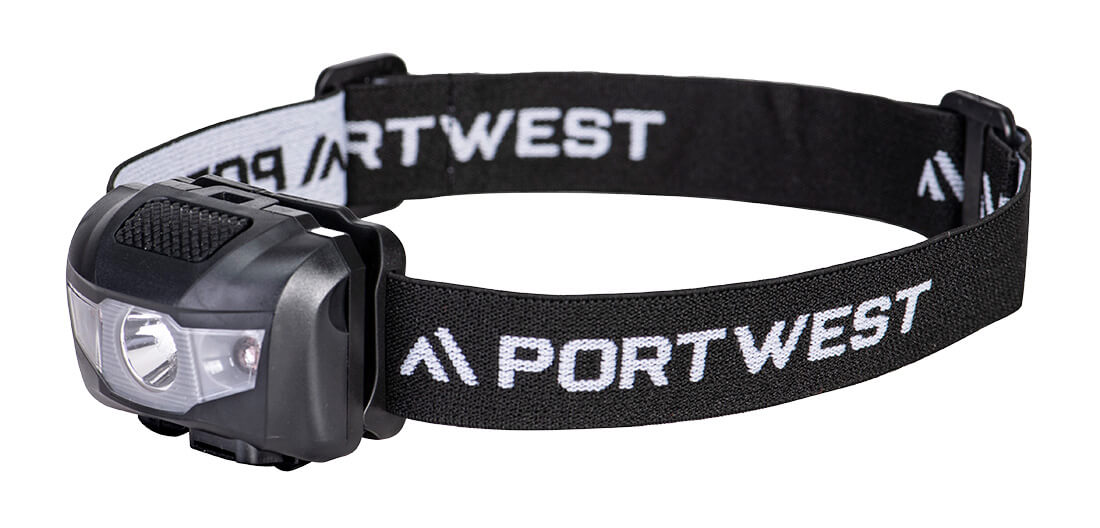
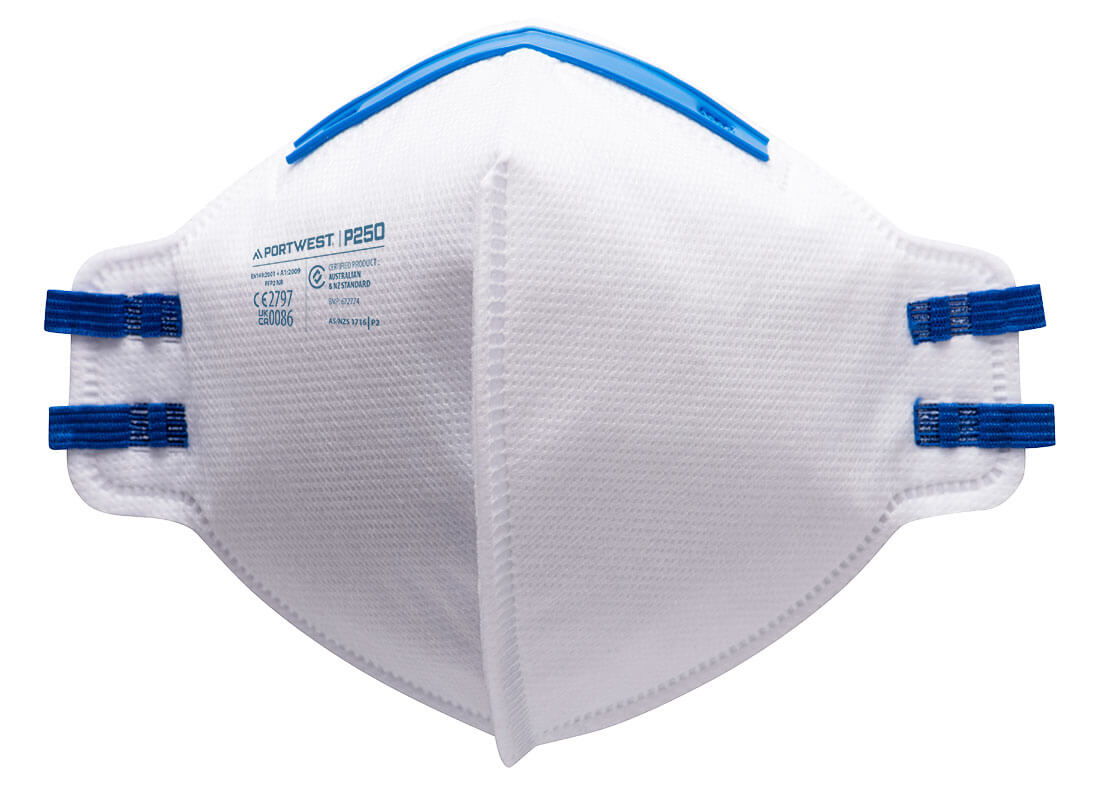
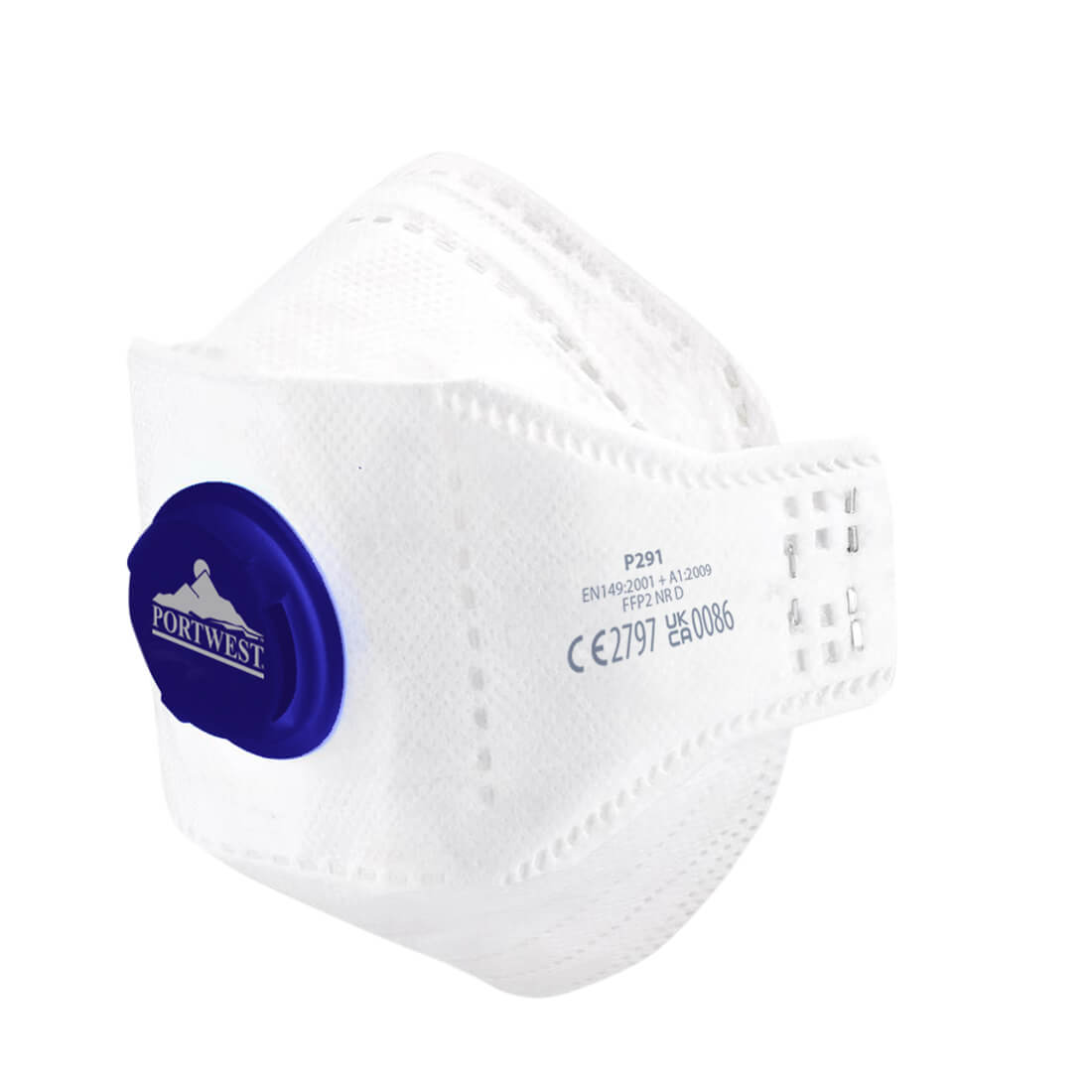
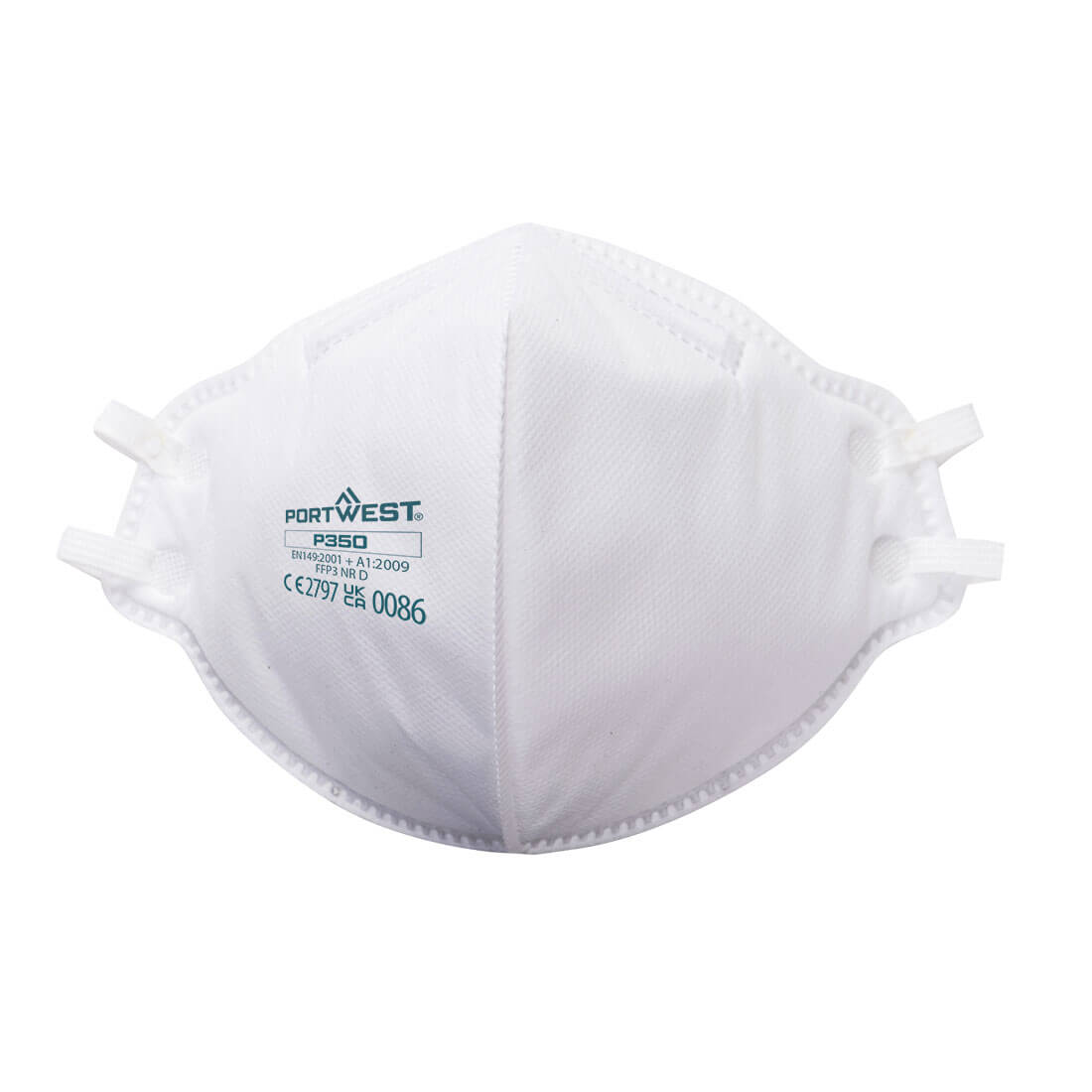
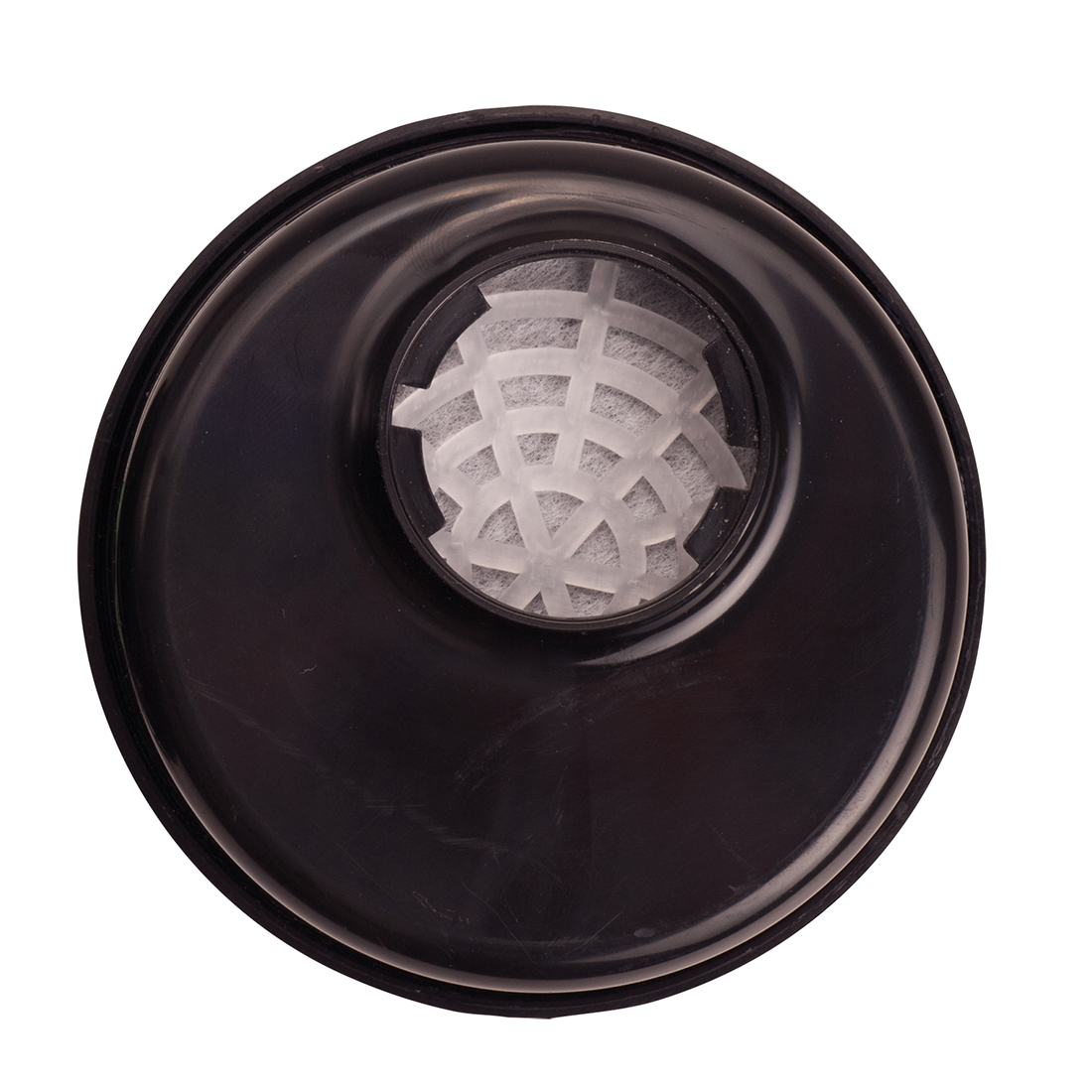
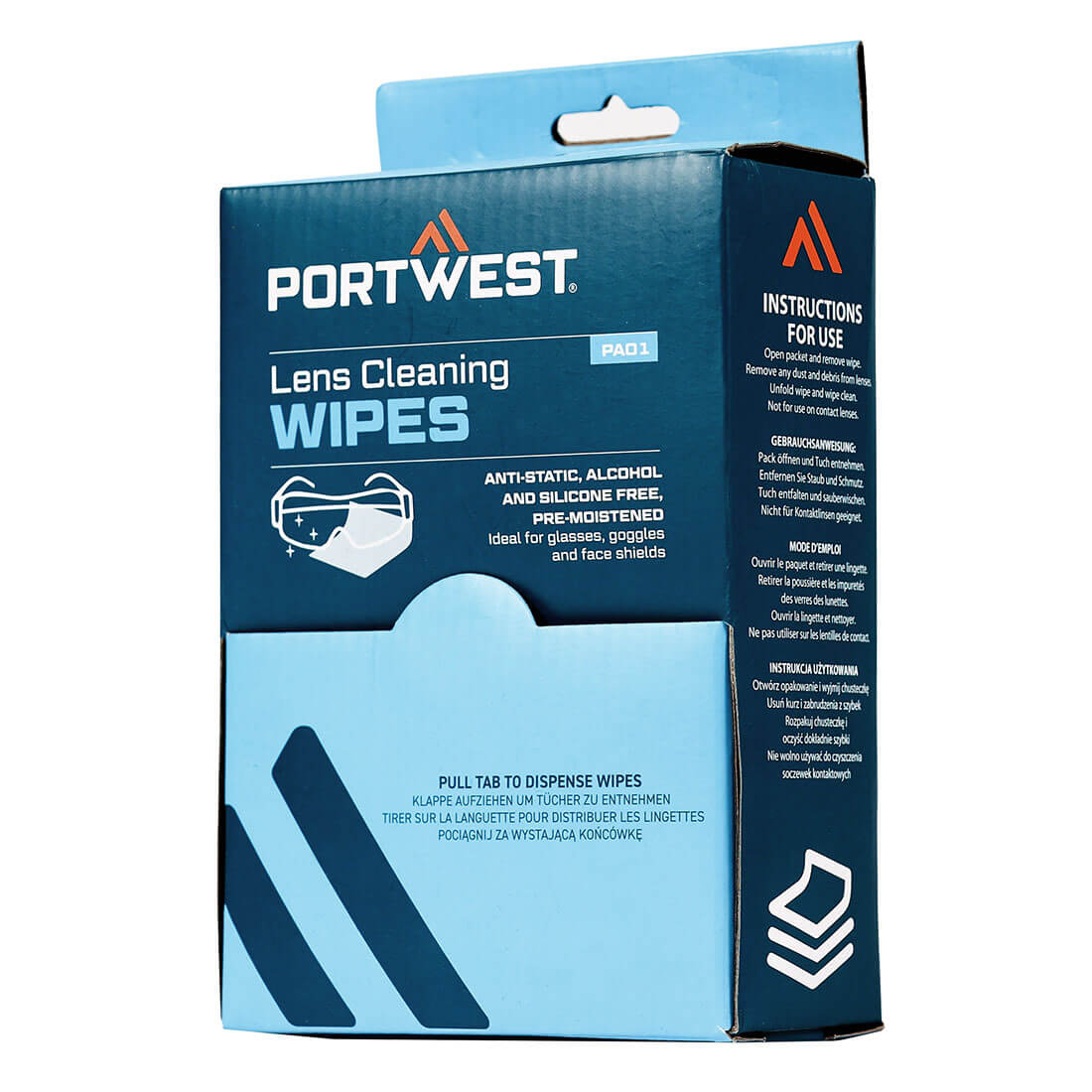

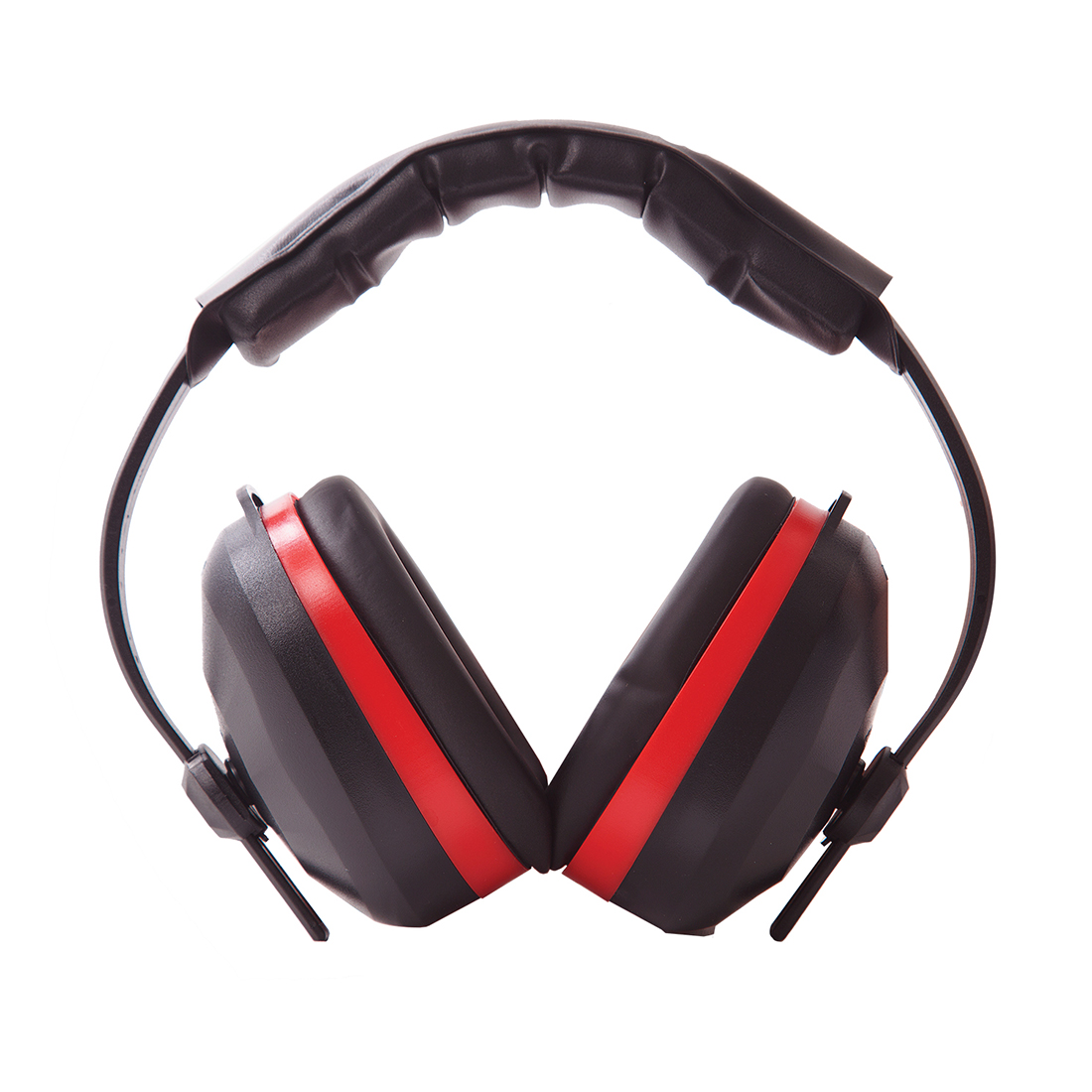
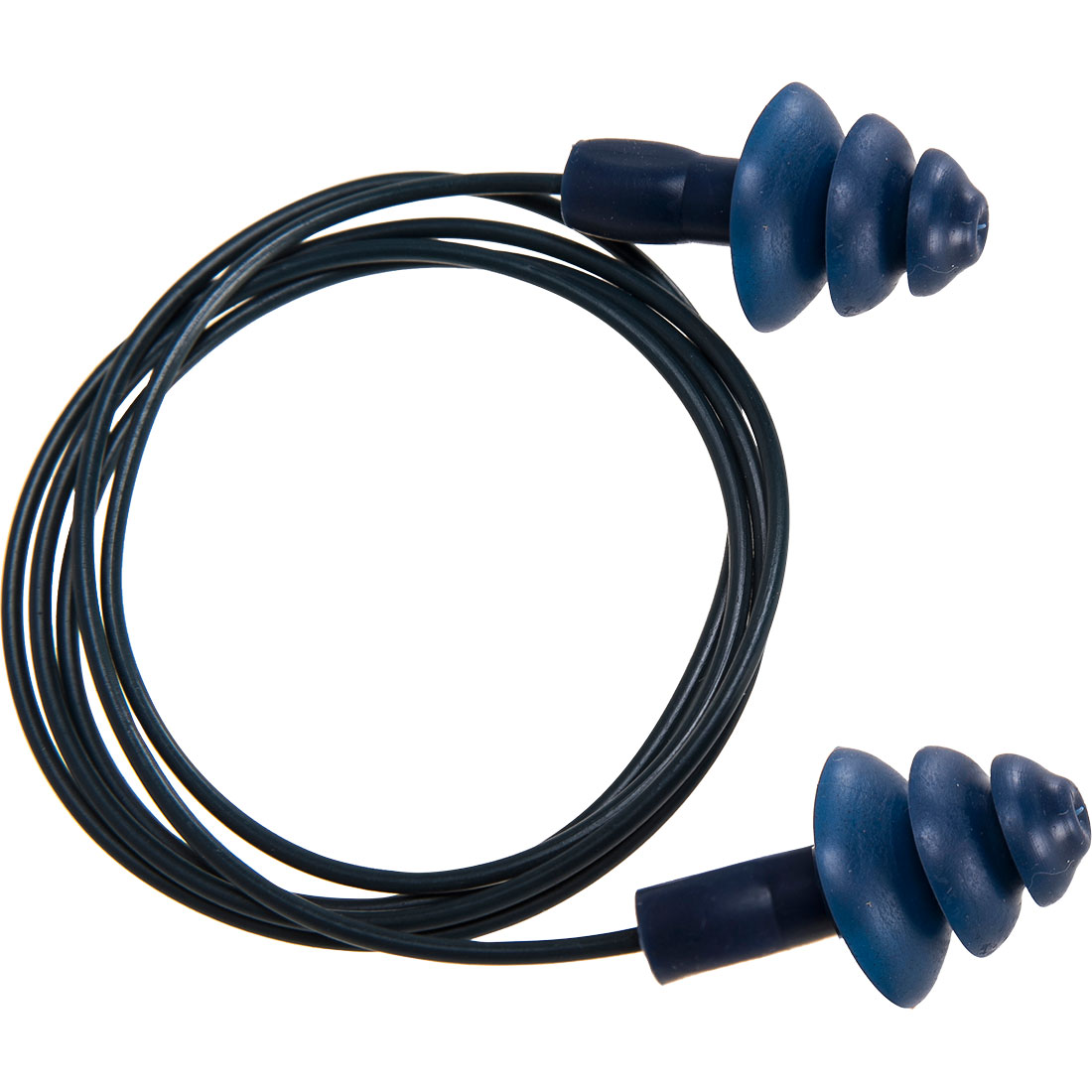
Face masks & respirators
Protective face masks and respirators form a barrier against dust, debris, and hazardous particles, among others. They serve many purposes, and that’s also why there are several types of protective face masks available on the market, including N95 respirators, surgical masks, and dust masks.
N95 respirators are designed to provide maximum protection against inhaling hazardous particles, making them ideal for use in healthcare, construction, agriculture and other industries where exposure to harmful particles is a risk.
Surgical masks protect against large droplets, splashes or sprays and other hazardous liquids. That’s why they’re used in healthcare and laboratory work. However, keep in mind that surgical masks don’t offer protection against small particles, such as dust or mist, and are not considered respiratory protection.
Dust masks are designed to protect against inhaling dust and other non-toxic particles (e.g. dusts from sawing, sanding, grinding, sweeping, and bagging operations) and that’s why are used in construction, woodworking, and mining.
All in all, when choosing a face mask, it’s important to consider the specific hazards present in your work environment and to select a mask that is both effective and comfortable. Also, always ensure that the mask fits snugly over the nose and mouth and that it is the right size for each worker.
If you don’t know what type of face masks or respirators better suit your settings, check out our full selection of masks and respirators and get in touch with our product experts for a consultation.

Safety glasses & goggles
Designed to protect the eyes from flying debris, sparks, and harmful substances, safety glasses and goggles are an essential piece of personal protective equipment for anyone working in hazardous environments.
There are many different types of safety glasses available, each designed to meet specific needs and requirements.
The most common types of PPE eye protection include:
- Impact-resistant glasses: they are designed to withstand high-impact blows, making them ideal for use in construction and industrial settings.
- Wraparound glasses: they provide maximum coverage, protecting the eyes from debris and hazardous substances that may come from any direction.
- Chemical glasses: they protect the eyes from harmful chemical splashes, fumes, and dust. Chemical glasses are commonly used in industries such as manufacturing, chemical processing, and laboratory research, where workers are exposed to hazardous chemicals. However, you must select the correct type of chemical-resistant glasses for the specific chemicals being used in order to ensure maximum protection.
- Anti-fog glasses: they are designed to prevent fogging, making them ideal for use in environments where visibility is critical.
In Europe, the levels of protection are marked with the code EN166 followed by the performance class (e.g. F, S, B, or T) which indicates impact resistance, optical quality, and overall functionality that the glasses are able to resist.
So, based on your settings you might want to opt for a higher level of protection like F (usually recommended for heavy-duty applications such as metalworking and construction), B (which offers medium energy impacts and is typically used in applications such as woodworking and machinery maintenance), or S (suitable for lighter-duty applications, such as laboratory work or cleaning tasks).
When selecting the right PPE safety glasses for your workforce make sure that the products you choose are made of high-quality materials, are comfortable to wear, and meet the appropriate safety standards.
Hearing protectors
Hearing protection is always needed where loud machinery and equipment can pose a threat to hearing health (for instance, in industries like construction, manufacturing, and aviation).
There are several types of hearing protection available, including earplugs and earmuffs.
Earplugs are inserted into the ear canal and come in a variety of materials, including foam, silicone, and flange-style designs.
Earmuffs, on the other hand, cover the entire ear and provide more comprehensive protection against noise.
Both earplugs and earmuffs can be found in a range of noise reduction ratings, allowing workers to choose the right level of protection for their needs. If you’re not sure what’s the best option for your use cases and settings, we recommend reaching out to our product experts for a consultation.
Helmets and hard hats
Helmets and hard hats are designed to protect the head from impact, falling objects, and other hazards. They are a must-wear for workers in many industries, especially construction, mining, and manufacturing.
Helmets come in a variety of styles and materials, including plastic, fibreglass, and aluminium, and offer varying levels of protection depending on the type and use case.
Remember that when it comes to head protection it’s not only important to choose the right model based on the specific hazards present in your workplace, but to also regularly inspect them for damage or wear and replace them whenever necessary. If you want to read more about maintaining and disposing of your PPE, read our blog post: From Usage to Disposal: A Complete Guide to PPE Procedures.
Safety workwear
Whether you operate in construction, manufacturing or any other industrial setting, protective workwear is a non-negotiable aspect of workplace safety.
Your PPE clothing selection will vary depending on your industry and use case, but the most common PPE includes coveralls, sleeves, fall protectors, and protective shoes.
- Protective coveralls are worn over clothing to shield workers from dirt, grime, and other harmful substances. They come in a variety of materials, including cotton, polyester, and polypropylene, and can be designed with features such as reinforced seams, multiple pockets, and flame-resistant properties.
- Protective sleeves, on the other hand, provide additional protection to the arms and wrists, helping to prevent cuts, scrapes, and other injuries. They are typically used in construction, manufacturing, and transportation.
- Fall-protectors are designed to prevent falls from heights and can include harnesses, lanyards, and other safety equipment. They are typically used in construction, roofing, scaffolding, and aerial work.
- Protective shoes are designed to provide protection from a variety of hazards, including impacts, slips, electrical hazards, and more. That’s why protective shoes come in a variety of styles, including steel-toed (which protects against impacts and crushing hazards), slip-resistant (which comes with a special sole design to help prevent slips and falls on wet or slippery surfaces), and electrical hazard-resistant (which comes with special non-conductive soles that provide insulation against electrical shock). If you’d like to read more on how to select the right safety footwear for your workers, check out our guide: Choosing The Right Safety Shoes – A Buyer’s Guide.

Conclusion
Personal protective equipment (also known as PPE) is fundamental for keeping industrial workers safe on the job. So, whether you’re new to industrial procurement or a professional industrial buyer, you should know what are the different types of PPE available and how to choose the best options for your use case while keeping high quality and compliance at the forefront of your selection criteria.
Our comprehensive PPE catalogue includes many certified and top-rated European suppliers to give you peace of mind along with good deals. Check out our selection of PPE supplies or get in touch with our experts for a personal quote.

